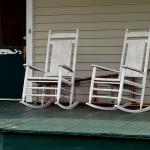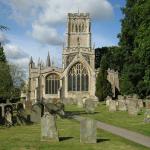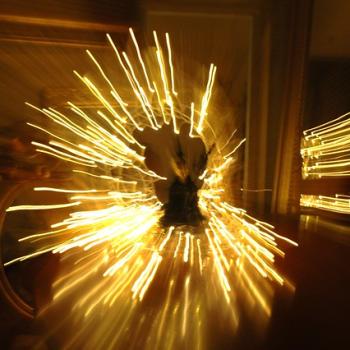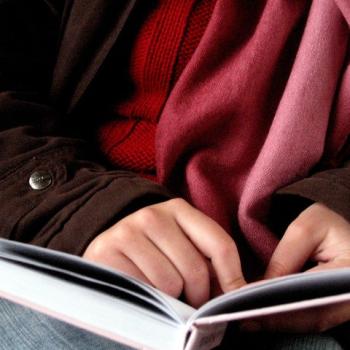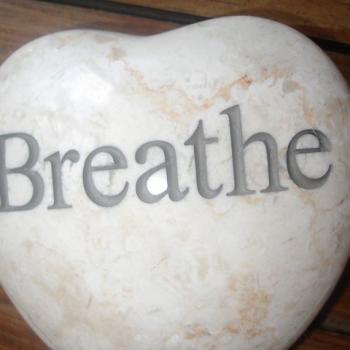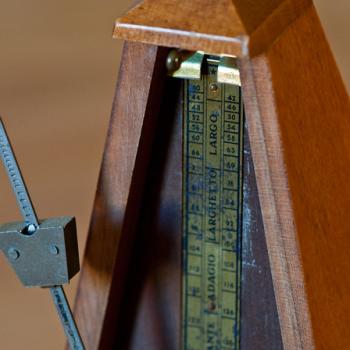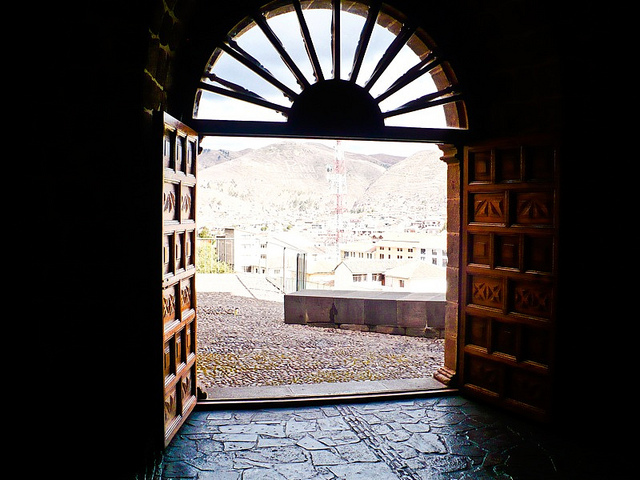
Living Like a Monk in the Real World
One question people ask me fairly often is, Are you a real monk?
I am, but it probably does not work the way you expect it would.
Many people have an idea of monks as people who try to avoid the challenges of living in the real world. They remove themselves from family and friends, and spend their lives contemplating inner peace.
It is true that many monks, men and women, live in monasteries. Some of them spend much of their days in silence and solitude, focusing on the inner, contemplative life. They are also doing the practical work it takes to make each community self-sufficient.
There are also people who participate in monastic life while living outside monasteries. They develop a relationship to a community and they commit themselves to it. Their commitments include staying in the lives they have in the world outside the monastery.
Many monastic communities have a group of these people called associates or oblates. We live at a time in history when there are more people living monastic lives outside monasteries than living inside them.
I am a lay oblate at a Benedictine monastery, New Camaldoli Hermitage in Big Sur, California.
Each day, I set out to follow the monastery’s rule for oblates. I spend time in prayer and reflection. I look for ways to integrate silence and solitude, work and wholeness, into my everyday life.
The work I do as a spiritual life mentor reflects who I am, and who I am becoming.
I am learning how to incorporate more and more monastic life into my everyday life. My understanding of and appreciation for monastic life is deepening and growing. The overall arc of my story is incorporating both being strategic and being monastic.
Why Would Anyone Live Like a Monk in the Real World?
I was not born contemplative, nor was I born in a large city.
From an early age I was convinced it was more valuable to know things than to learn things. Learning was just a step on the path toward knowing; knowing was the result of learning. It was far better to know the right answer than to be in the process of learning. Learning meant that you had not yet arrived at knowing.
Knowing was also more fun than learning. Learning required patience, practice, and being open to new insights. Learning meant that you tried new things and made mistakes. It just reinforced that you did not already know the right answers.
You did not do well in school by learning. People did well by knowing the right answers.
The great thing about knowing the answer was that you had successfully completed learning. You do not need to be open to new insights when you already know the answers.
My life was about moving from place to place, for school and for work, seeking answers.
The answers I found were not always right. I came to appreciate asking good questions more than having the right answers.
My seeking drew me to larger cities, and to the monastic tradition. I became a monk in the real world.
I follow a rule of life that includes spiritual practices like regular prayer, reading, and silence and solitude. At least once each year I leave the city where I live to spend time at the monastery.
I try to find a balance in seeking the sacred in the everyday. The life of the world draws me more deeply into contemplative life, which draws me more deeply into the world’s life.
What is it Like to be a Monk in the Real World?
You might assume living like a monk in the real world would be a divided life. Some people see it as having one foot in one world and the other in another.
The monks I know show me, by their examples, how to be open to what may be obscured in everyday life. Many people live their lives from experience to experience. We often distract ourselves from paying attention to what is underneath everyday life.
It is easy for us to ignore the network of values, principles, and beliefs which support our lives. We assume we appreciate the importance of what holds us up until something raises new questions.
The world we think of as the real one may not be that real after all.
I am learning the ways the spiritual worlds within us and all around us shape how we live our lives.
Being a monk in the real world means paying attention to the truths underneath our everyday lives. I am on a journey of discovering and exploring the more deeply real world.
Becoming a Monk in the Real World
My choice to be connected to a monastic community was a beginning, not an end.
I was not trying to avoid the challenges of living in the real world. Living like a monk in the real world is about facing those challenges in new ways.
The world we perceive as the real one can be full of joy and revelry, fears and regrets. We experience our everyday lives as a series of obstacles and accomplishments. It is as if we are trying to earn our way forward.
Becoming a monk in the real world is about realizing there is more. Life is more than what we see right in front of us. Our lives are more than what we see directly in front of us. The real world is infinitely more fascinating than we recognize.
The path of a monk in the real world is about looking and seeing. As we look up, look out, look within, we begin to realize what we have been missing.
Each step along the path can be a fresh start, a new beginning.
How are you becoming a monk in the real world today?
What are the deeper truths which are attracting your attention this week?
[Image by FergieFam007]
Greg Richardson is a spiritual life mentor and leadership coach in Southern California. He is a recovering attorney and university professor, and a lay Oblate with New Camaldoli Hermitage near Big Sur, California. Greg’s website is StrategicMonk.com, and his email address is [email protected].

